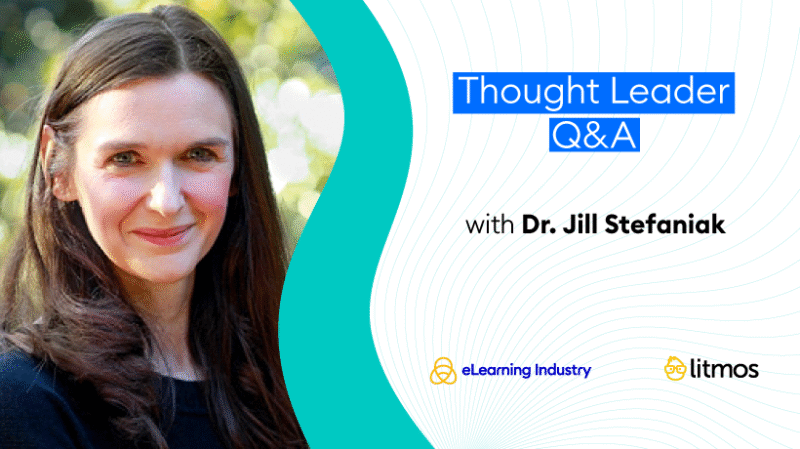
Implementing ADDIE For More Impactful Training
Dr. Jill Stefaniak is the Chief Knowing Police Officer at Litmos Her rate of interests focus on the growth of L&D experts and Instructional Style choice making. Today, she talks to us about applying the ADDIE structure, L&D needs assessment, and training assessment.
Why is the ADDIE framework still so pertinent today, and just how does requirements evaluation and assessment suit the process?
I such as to consider evaluation and examination as the bookends to the ADDIE structure. They both supply the framework required to sustain training. While they are two unique phases of ADDIE, they are adjoined since both stages focus on enhancing understanding and efficiency.
A requirements assessment is commonly performed at the start of a layout task to identify gaps in between present and wanted expertise, skills, and performance. By methodically gathering data from students, stakeholders, and business contexts, L&D experts can pinpoint where interventions are needed and prioritize learning. Essentially, a comprehensive needs evaluation supplies a baseline versus which the performance of educational interventions can be later measured.
Analysis feeds back right into the requirements analysis process by examining whether the created direction is meeting its desired purpose. The insights got from assessment can determine formerly unrecognized or discovered voids in performance or progressing learner requirements. This prompts a brand-new cycle of requirements analysis and improvement. Requirements evaluation and assessment create a continual feedback loophole where evaluation educates style and analysis gauges its impact. Assessment reveals brand-new demands, making certain training remains appropriate and efficient.
Based upon your experience, what’s one of the most typical mistake that L&D professionals make when applying ADDIE?
I believe there are 2 common errors that L&D experts make:
- They hurry (or skip completely) the evaluation stage. They have a tendency to leap right into making material without asking the important questions to comprehend the nuanced requirements of the learning target market. They likewise often tend to take a look at analysis as merely student analysis and miss out on the chance to collect essential information that can have a major effect on training results.
- Another usual mistake is treating ADDIE purely as a linear procedure. While L&D experts are anticipated to proceed through the structure sequentially, it is necessary that they be versatile and adaptable throughout the design process. This implies reviewing numerous phases of the layout process as new information arises. A successful L&D job is one that welcomes ideation and version. Prototyping, reviewing phases to guarantee there’s necessary alignment in between training requirements, material, and evaluative metrics, are critical to ensuring the content designed is meeting the organization’s intended end results.
Just how can L&D groups better comprehend the demands of their students by concentrating more on energy, significance, and worth when conducting needs evaluations?
When L&D teams focus on energy, importance, and value in their demands evaluations, they get a more clear photo of what absolutely matters to students in their company. Energy makes certain that training addresses sensible skills students can promptly use in their roles. Importance links learning straight to work responsibilities and career goals. By analyzing worth, teams determine which learning possibilities will certainly have the greatest effect on both student engagement and business outcomes. This inevitably leads to the development of more reliable and targeted L&D programs.
What is one of your standout success tales that included the ADDIE structure?
Our L&D team at Litmos produced Litmos College to supply targeted training to support our consumers. We started with a needs evaluation to much better recognize where students were struggling and what abilities were most crucial. That input shaped the design and ensured we focused on the right web content from the beginning. Via development, we shared layout files, prototypes, collected comments, and made iterative improvements. The outcome is a collection naturally that felt relevant to learners and revealed clear renovation in both engagement and efficiency.
Do you have an upcoming event, launch, or other effort that you would certainly like our viewers to understand about?
I’ll be organizing a webinar on October 9 with Dr. Stephanie Moore, Partner Teacher at the University of New Mexico, that discovers the largest challenges of AI-generated knowing, consisting of strengthening stereotypes, fueling the “discovering styles” myth, and producing vague or inefficient goals. It’ll cover useful strategies for composing quantifiable purposes, establishing moral guardrails, and guaranteeing your training stays diverse, accessible, and based in research. You can register for it below
Concluding
Thanks a lot to Dr. Jill Stefaniak for sharing her useful understandings and experience with us. If you wish to learn more concerning creating efficient and appealing training, you can have a look at her post on the Litmos blog, which highlights 4 concerns L&D groups can ask to scale their demands evaluation.